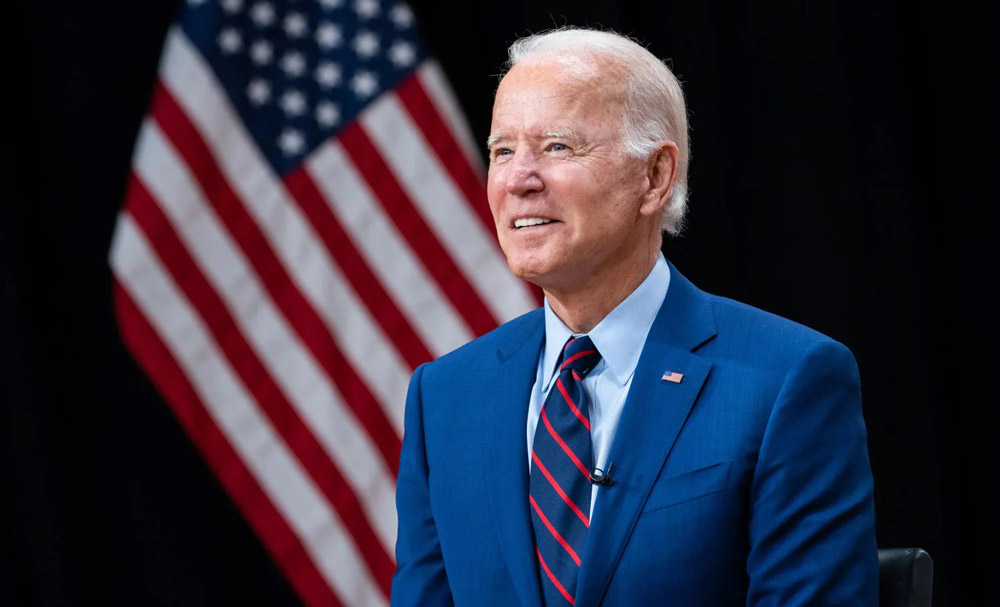In a significant development for the United States government, President Joe Biden has signed Congress’ $1.2 trillion spending package into law. The signing of this comprehensive budget marks a crucial milestone, ensuring the government’s funding until October and putting an end to months of uncertainty and stopgap measures. The package, which received bipartisan approval, aims to invest in the American people, strengthen the economy, and fortify national security.
A Long-Awaited Resolution
After extensive negotiations and last-minute disagreements, the Senate passed the budget bill in a 74-24 vote, just hours after the midnight funding deadline. The White House confirmed that despite the delay, the government would not face a shutdown as a deal had been reached. The House of Representatives subsequently passed the bill, finalizing the remaining batch of bills and solidifying the government’s funding until October 1.
A Compromise for Progress
President Biden emphasized that the spending package represents a compromise, with neither side achieving all of its objectives. However, the agreement reflects a collective effort to keep the government operational, prioritize the interests of the American people, and bolster the nation’s economy. The budget includes funding for various essential sectors, such as defense, financial services, homeland security, and health and human services.
Ending Months of Uncertainty
This $1.2 trillion spending package provides a permanent budget resolution, putting an end to the long-running saga of temporary funding measures. Lawmakers have been grappling with the challenge of securing a sustainable budget, resorting to short-term solutions to prevent government shutdowns. The signing of this comprehensive spending package ensures stability and allows agencies to operate smoothly without the constant threat of funding interruptions.
Investing in the American People
President Biden heralded the spending package as an investment in the American people. The allocation of funds aims to support critical areas such as infrastructure development, health care, education, and research. By bolstering these sectors, the government seeks to enhance the overall well-being of citizens, create job opportunities, and foster economic growth.
Bipartisan Support and Challenges
The passage of the spending package exemplifies a bipartisan effort to address the nation’s fiscal needs. While compromises were made to reach a consensus, lawmakers from both sides of the aisle recognized the importance of maintaining government functionality and supporting key sectors.
However, challenges remain, as hardline House Republicans expressed dissent and criticism regarding certain aspects of the bill. The political landscape continues to evolve, and the budget’s implementation may encounter further hurdles and debates in the coming months.
Looking Ahead
With the signing of this spending package, President Biden and Congress have taken a critical step toward ensuring the stability and continuity of the government’s operations. The focus now shifts to effectively utilizing the allocated funds and implementing the proposed initiatives to drive progress across various sectors.
As the nation moves forward, attention will also turn to future budget negotiations, long-term fiscal planning, and addressing the evolving needs of the American people. The signed spending package serves as a foundation for further discussions and initiatives that will shape the country’s economic and social landscape.











